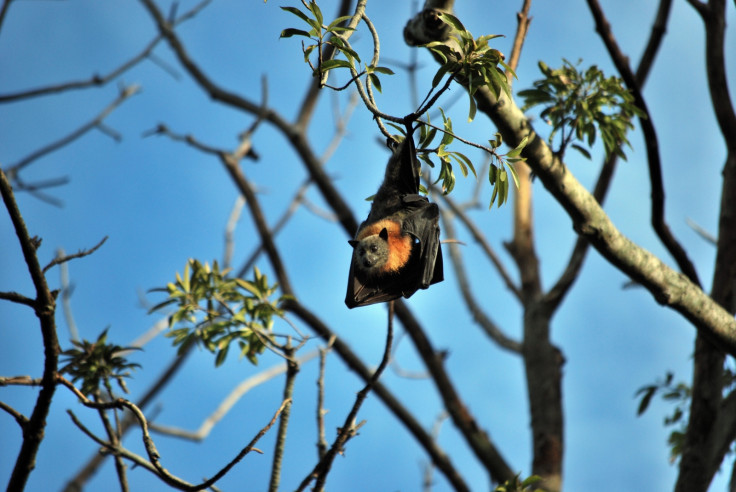Bats Killed by Wind Turbines 'Because They Mistake Them for Trees'

Hundreds of thousands of bats are being killed every year because they mistake wind turbines for tall trees, a study has suggested.
Published in the Proceedings of the National Academy of Sciences, researchers were looking to find out why bats interact so closely with the moving blades of wind turbines.
Before the construction of wind turbines, instances of bats colliding with man-made structures were rarely observed. However, hundreds of thousands are now killed annually, with most found dead beneath the turbines in late summer and autumn.
Scientists from the US Geological Survey found the species most likely involved in these collisions were tree bats. They used video surveillance to study bats flying at night near wind turbines for several months.
Lead author Paul Cryan said: "If we can understand why bats approach wind turbines, we may be able to turn them away. Advances in technology helped us overcome the difficulties of watching small bats flying in the dark around the 40-story heights of wind turbines. The new behaviours we saw are useful clues in the quest to know how bats perceive wind turbines and why they approach them."
Thermal cameras showed bats tended to approach the turbines closely, and most often from high above the ground from the downward side when the wind was blowing.

Researchers believe these patterns suggest bats follow airflow paths around tree-like structures at night, but cannot tell the difference between a wind turbine with slow blades from a tall tree.
"The way bats approach turbines suggests they follow air currents and use their dim-adapted vision to find and closely investigate tall things shaped like trees," said Marcos Gorresen, an author of the study.
"We see these behaviors less often on darker nights and when fast-moving turbine blades are creating chaotic downwind turbulence. This may be because bats are less likely to mistake turbines for trees and approach them in those conditions."
They speculated that the bats approach the turbines mistaking them for trees, then are unable to outmanoeuvre the blades or they are moving faster than the bats perceive. Researchers also suggested they are approaching the structures to look for insect prey.
Bats are estimated to save farmers in the US billions every year by acting as natural pest control and main predator to night insects such as moths and beetles. Previously, scientists have said turbines kill bats in two ways – through blunt force or through getting stuck in spinning turbines that create air pressure, which can cause their lungs to explode.
The authors say their findings could provide information on how to reduce bat fatalities at wind turbines. Cris Hein, an author of the study, said: "It might be possible to efficiently further reduce fatalities with this method by accounting for sporadic gusts of wind during low-wind periods when bats might be hanging around turbines."
© Copyright IBTimes 2025. All rights reserved.






















